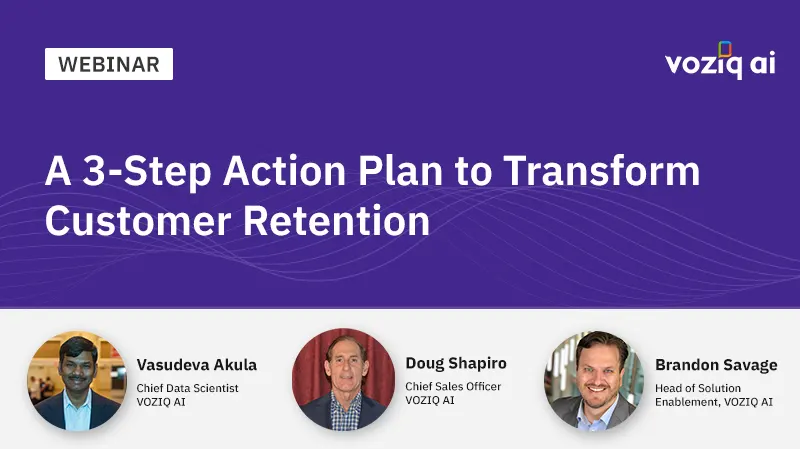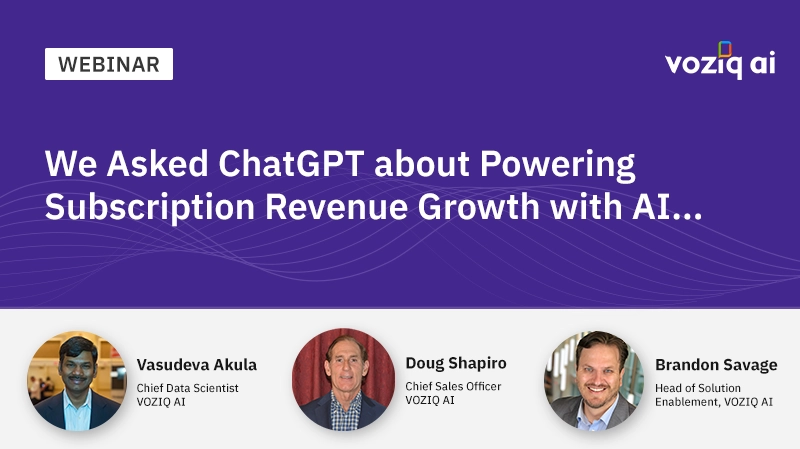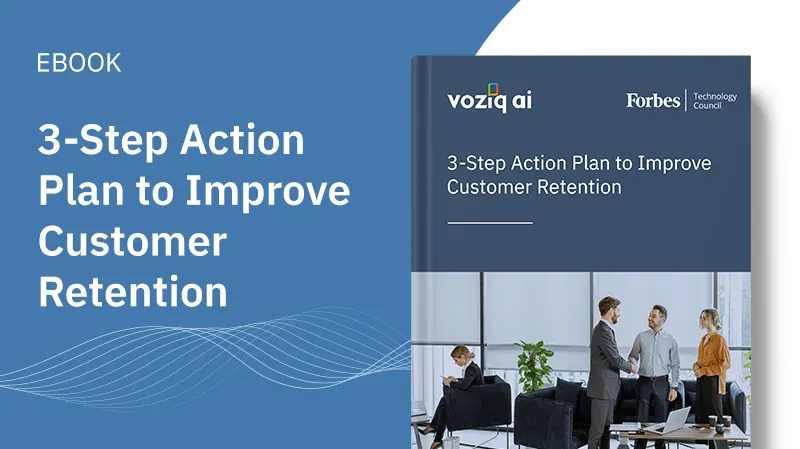Applying Gartner’s Analytics Maturity Model To Assess Your Customer Retention Program

Applying Gartner’s Analytics Maturity Model To Assess Your Customer Retention Program
Data fuels a customer retention program. Customer data collected from various touchpoints is key to deciphering customer behavior and implementing effective retention strategies by improving customer experience and engagement.
A 2013 study by McKinsey found that data-driven organizations are 23 times more likely to outcompete in customer acquisition, have a more loyal customer base and are 6.5 times more likely to retain customers. At the same time, the success of your retention program depends on how well you utilize your customer data and extract actionable intelligence from it to optimize the point of impact.
In this article, I have taken Gartner’s four-phase data maturity model (pg. 9) and customized it to help assess the maturity of your data-driven customer retention program.
Basic stage: What is the current churn rate?
At the basic level, a company’s analytics capabilities are limited to measuring the performance of its customer retention initiatives, such as the current churn rate for cohorts or entire customer base and the overall revenue lost due to cancelations.
Taking a retrospective strategy, the basic-level approach uses structured and transactional data to determine the gaps in retention efforts. It only looks at the nature of the problem and does not offer guidance on identifying and preventing the drivers of churn.
Companies at this stage have limited and inconsistent understanding of changing customer behavior and expectations. Here, the approach focuses mainly on the historic data representation of customers and provides little information in decision making to boost retention initiatives.
Intermediate stage: What are the churn drivers?
This maturity level of the retention program concerns diagnosing past events. It focuses on detecting the underlying reasons that led to previous cancellations (i.e., why customers canceled in the past). The intermediate stage involves automated and frequent data collection—both structured and unstructured data—from internal and external sources and analyzing processes offline.
At this level, companies can analyze customer interactions to identify customers’ needs, concerns and expectations and uncover the drivers of churn, such as high prices, poor service and better offers from competitors, among others.
Thus, it allows a basic understanding of customer behavior and cancellation patterns, making way for churn forecasting techniques for operational and strategic planning.
Advanced stage: What are the future risk scores and risk drivers?
At the advanced stage, companies leverage predictive analytics to analyze historical customer data collected across various touchpoints to predict which customers are going to cancel and what will be the primary churn reasons. It allows intervening at an early stage to reduce cancelation risk.
Predictive analytics enable going beyond the cohort analysis approach and help gather customer-level intelligence by assigning risk propensity scores to every customer in the database and understanding their health.
Knowing health risks at the customer level makes it easier to divide customer segments by the level of risk and take more targeted actions to battle churn. It also helps analyze customer behavior across various channels, offers deeper insights to develop accurate predictions and strengthens decision support systems with purpose-built predictive intelligence.
Breakthrough stage: What can be done to minimize churn?
One of the main reasons why most customer retention efforts end up failing or not delivering the desired results is the lack of actionable intelligence—especially at the point of impact or the frontline. While companies at an advanced level can leverage a massive customer data pool and predict how many and which customers are going to cancel and why, it is not sufficient for increasing customer retention rate unless this intelligence is turned into timely actions.
Companies at the breakthrough stage analyze customer behavior patterns, sentiment, predicted risk and cancellation drivers and leverage prescriptive analytics to provide actionable guidance to the customer-facing teams to achieve desired outcomes. This stage offers the ability to take large-scale retention actions via optimized points of retention impact. It helps initiate targeted customer dialogue and provides real-time decision support to call center agents.
Therefore, companies at this maturity level can influence customer interactions on a large scale through automated prescriptive guidance via inbound calls, outbound campaigns, emails, the web, apps and so on. These companies can also link every customer interaction with retention and overall revenue impact.
Our research indicates that most companies fall in the intermediate or advanced category, which leaves significant room for improvement and taking advantage of untapped opportunities. Companies with phenomenal success in customer retention rates and lifetime value are generally at the breakthrough level, where they are able to unlock the untapped potential of their customer data.
You can use this model to assess how mature your customer retention program is and step it up to protect more customer revenue with higher impact.






